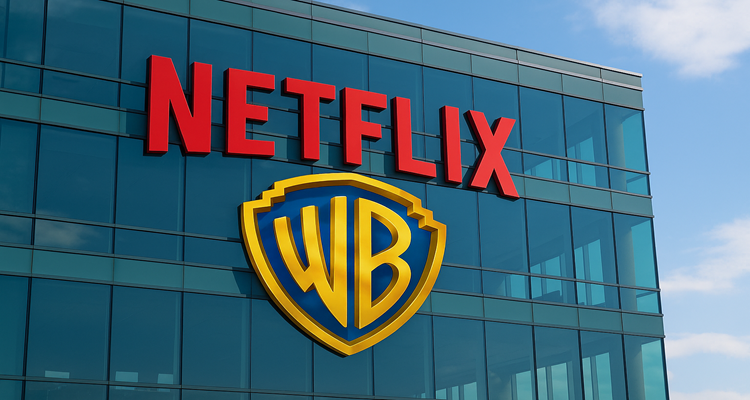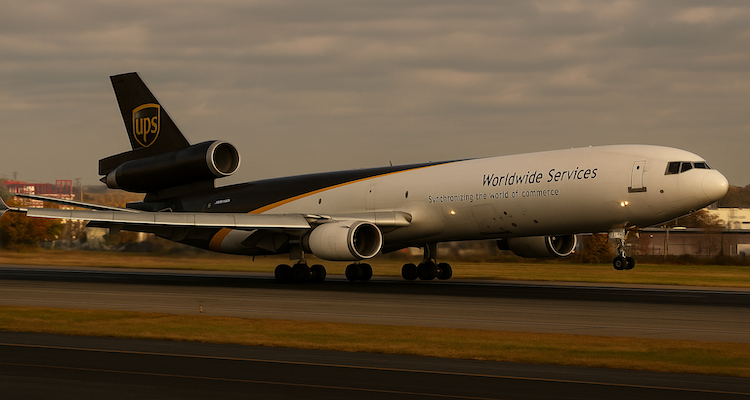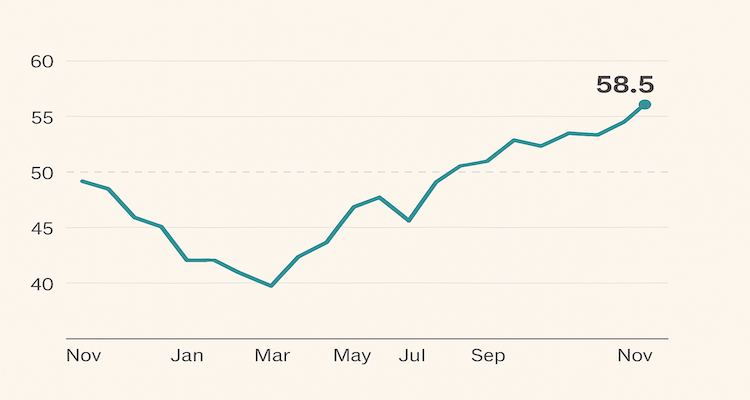Union Pacific’s $85B Rail Gamble Prioritizes Politics Over Profits
Union Pacific’s $85B bid for Norfolk Southern pitches national interest over investor value. Will the first U.S. coast-to-coast railway deliver?
Introduction: A Deal Driven by Vision, Not Value?
Union Pacific’s $85 billion bid to acquire Norfolk Southern has put patriotic appeal at the front of the train—and shareholder return at the back. With bold promises about strengthening national security, revitalizing U.S. manufacturing, and protecting union jobs, the merger is being pitched less as a financial triumph and more as a nation-building venture. But for investors, the math doesn’t seem nearly as smooth as the sales pitch.
️ Context & Background: A Historic Vision Repackaged
On July 29, Union Pacific formally unveiled its intent to purchase smaller rival Norfolk Southern in a landmark deal that would create the first true coast-to-coast freight rail network in U.S. history. The combined entity, valued at $85 billion including debt, marks one of the largest transportation mergers in decades.
To set the tone, Union Pacific CEO Jim Vena and Norfolk Southern’s Mark George opened their announcement with a nod to Abraham Lincoln—evoking the 19th-century spirit of transcontinental ambition. But instead of focusing on railcars and stock prices, the executives emphasized American strength, economic resiliency, and job protection.
This messaging appears finely tuned to resonate with the Biden administration and federal regulators, particularly the Surface Transportation Board, known for its strict oversight of rail consolidations. Similar political themes have colored other high-profile U.S. industrial moves, from the proposed U.S. Steel acquisition to potential changes at Paramount Global.
Main Developments: Deal Terms & Financial Structure
Under the terms of the agreement, Norfolk Southern shareholders would receive $88.82 in cash and one Union Pacific share for every share they own. That values the target company at $320 per share—representing a 23% premium over its pre-rumor stock price on July 16.
Key points of the deal include:
-
Total Valuation: $85 billion (including debt)
Ownership Split: Norfolk Southern shareholders will hold approximately 27% of the new company
Reverse Break Fee: If the merger falls through, Union Pacific will pay $2.5 billion to Norfolk Southern—a relatively modest 2.9% of the transaction value
The structure notably avoids using a trust—a common mechanism in railroad M&A that typically requires pre-funding the acquisition before regulatory approval. Skipping this route allows Union Pacific to reduce its upfront exposure while it navigates what will likely be a long and arduous antitrust review.
Investor Doubts: Slim Rewards and Risky Returns
Despite the grand promises, Wall Street isn’t celebrating just yet. According to market reactions, investors assign only about a 36% chance of the deal clearing all hurdles. Part of the skepticism lies in the modest financial upside: Union Pacific estimates $2.75 billion in annual synergies, the majority of which would come from revenue enhancements rather than cost cuts.
The merger would incur around $2 billion in integration costs, and even after accounting for Norfolk Southern’s projected 2026 operating income of $4.8 billion, the expected return is just 6.7%. That’s below the 7.9% cost of capital estimated by Morningstar—a worrying signal for investors hoping for value creation.
Expert Take: “A Patriotic Sales Pitch”
Analysts suggest the merger pitch is less about spreadsheets and more about sentiment. “This isn’t a value-maximizing deal—it’s a patriotic sales pitch,” one industry analyst noted privately. “It’s clearly calibrated to win over regulators and politicians, not necessarily shareholders.”
Union Pacific’s leadership seems to understand this. They’ve framed the deal as a win for truck drivers, who could benefit from reduced highway congestion, and taxpayers, who might see lower infrastructure repair costs. Still, history offers caution: past railroad mergers, especially in the 1990s, were often plagued by operational chaos and customer dissatisfaction.
Broader Impact: Railroads, Roadways, and Regulation
If approved, this merger could reshape America’s freight landscape. A single network stretching from coast to coast would:
-
Eliminate inefficiencies caused by switching cargo between disconnected rail lines
-
Compete more directly with long-haul trucking routes
-
Strengthen national logistics by integrating eastern and western rail corridors
Yet, regulators remain wary. The Surface Transportation Board has blocked or reshaped previous rail mergers due to concerns over competition, service degradation, and labor implications. Union Pacific’s assertion that no union jobs will be cut may be a strategic olive branch to labor groups and government officials alike.
Looking Ahead: Will the Deal Stay on Track?
Union Pacific is betting big that aligning its vision with the White House’s industrial agenda will smooth the path to approval. But even with strong political packaging, the deal faces a challenging journey through regulators, analysts, and skeptical shareholders.
For now, the first transcontinental U.S. railroad remains a vision on the drawing board—its ultimate destination uncertain.
Source: (Reuters)
⚠️ (Disclaimer: This article is based on publicly available information and financial disclosures. It is intended for informational purposes only and does not constitute financial, investment, or legal advice. Always consult official sources or professional advisors before making decisions related to mergers or market activity.)
Also Read: Dog Bar Chain Bar K Shuts Down All Locations Amid Financial Turmoil











